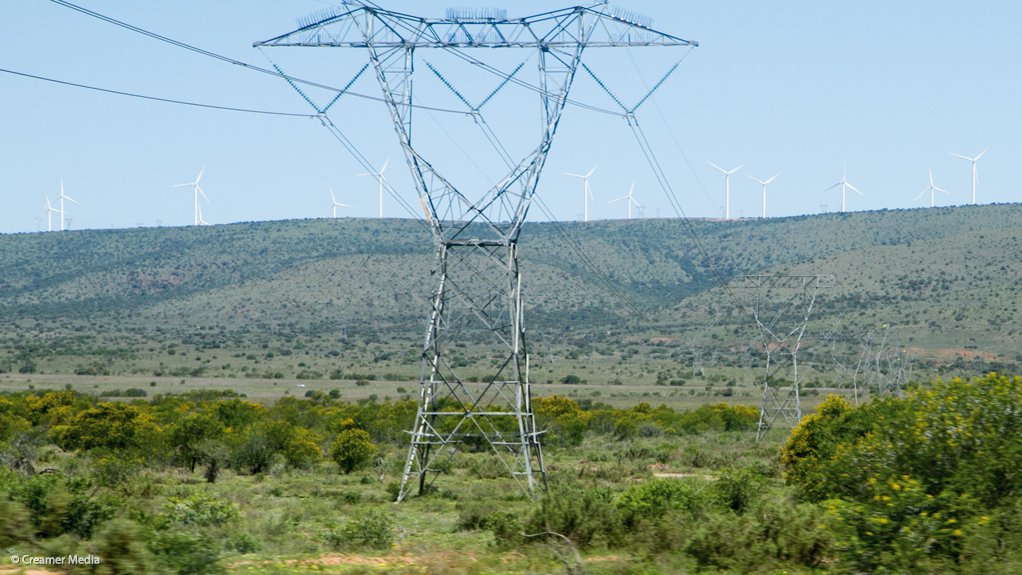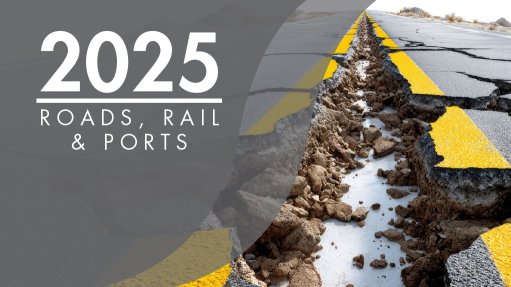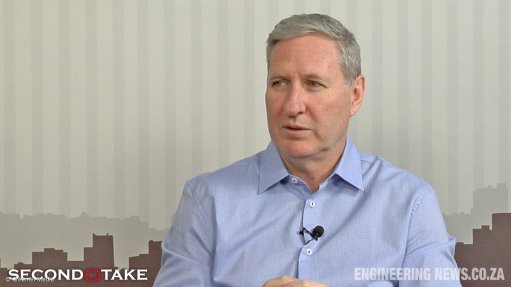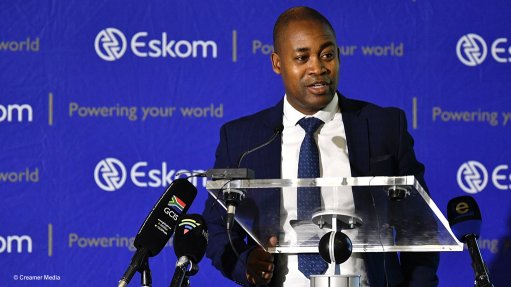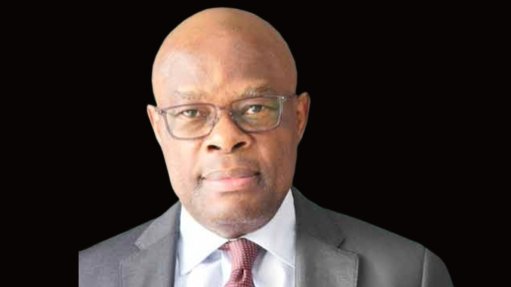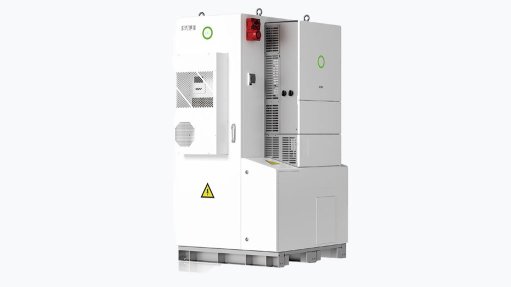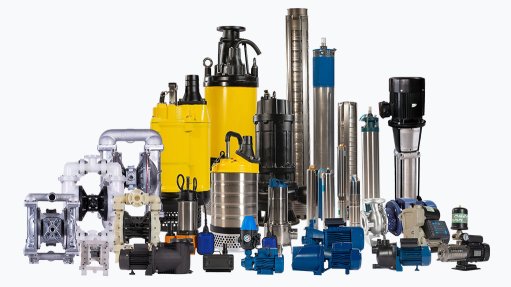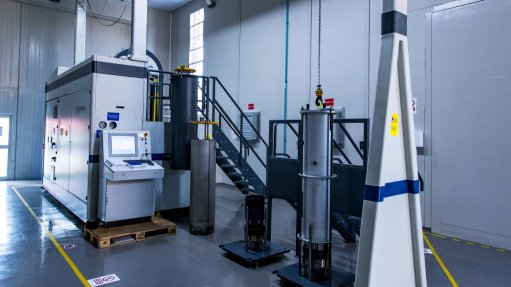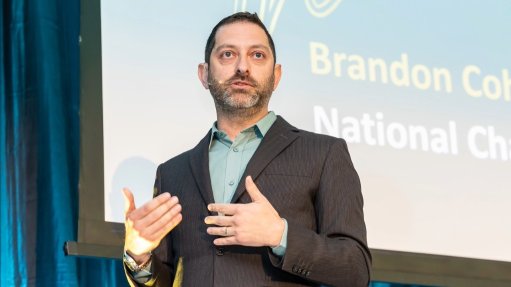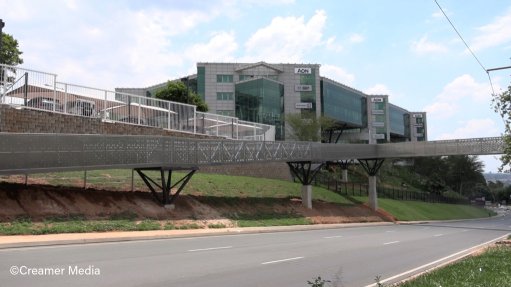Nersa’s approval of curtailment rules expected to unlock wind projects in Eastern and Western Cape
The National Energy Regulator of South Africa (Nersa) says the decision by the Energy Regulator to approve a curtailment framework will help unlock scarce grid connection capacity for wind projects in the Eastern Cape and Western Cape.
The approval was made by the Energy Regulator, Nersa’s highest decision-making structure, on April 29.
The decision arose from its adjudication of an application by the National Transmission Company South Africa (NTCSA) for congestion curtailment to be classified as a constrained generation ancillary service.
The NTCSA has indicated previously that, by accepting a reasonable share of no more than 10% of curtailment, 3 470 MW of additional grid capacity to connect wind generation could be made available, including 2 680 MW in the Western Cape and 790 MW in the Eastern Cape.
The absence of an approved framework came to the fore during the sixth bidding round under South Africa’s public renewables procurement programme. This, after none of the wind projects vying for a 3 200 MW allocation advanced to preferred-bidder stage after Eskom indicated that the grid capacity in the Eastern, Northern and Western Cape provinces had been fully absorbed.
The outcome led to significant debate about why a mechanism such as curtailment, which is used by system operators globally, was not being employed to maximise available grid capacity at a time when new generation was sorely needed.
Eskom then published a curtailment addendum to its Generation Connection Capacity Assessment and, subsequently, the NTCSA, which is now an independent subsidiary of Eskom, made an application to Nersa to seek approval for the curtailment framework.
Nersa explained in a statement that congestion curtailment meant that the amount of active power that a generating facility was permitted to generate was restricted by the system when there was grid congestion.
The approval is effective from April 1, 2025, to March 31, 2028, and allows generators that incur financial losses as a result of congestion curtailment to receive compensation.
However, such compensation is limited to the allowable revenue approved under the sixth multiyear price determination, or MYPD6, for the line item relating to ancillary services and energy imbalances.
Its use is also restricted to facilitating additional wind generation capacity in the Eastern Cape and Western Cape regions, with any additional grid connection capacity unlocked through congestion curtailment requiring the approval of the Energy Regulator.
“The NTCSA must address other forms of curtailment in accordance with the existing grid unavailability provisions outlined in the power purchase agreements or connection agreements.
“Therefore, curtailment required for over-frequency control (resulting from low demand) will continue to be treated as it is treated currently,” Nersa said in a statement.
The regulator also announced that the NTCSA would be compelled to report to the Energy Regulator on the implementation of congestion curtailment every six months over the three-year period.
“The report should cover, at a minimum, information on the capacity connected to the grid through this regime, curtailment level implemented, records of the curtailment incidents, costs, progress on systems and ancillary service projects.”
Nersa said the conditions were aimed at protecting consumers from potential cost escalations associated with unmanaged curtailment, while also incentivising the NTCSA to accelerate transmission projects and promoting a supportive environment for new renewables investment.
“Through this decision, the Energy Regulator has taken a decisive step in facilitating investment in cleaner energy and supporting the integration of renewable energy into the national grid,” Nersa added.
Article Enquiry
Email Article
Save Article
Feedback
To advertise email advertising@creamermedia.co.za or click here
Comments
Press Office
Announcements
What's On
Subscribe to improve your user experience...
Option 1 (equivalent of R125 a month):
Receive a weekly copy of Creamer Media's Engineering News & Mining Weekly magazine
(print copy for those in South Africa and e-magazine for those outside of South Africa)
Receive daily email newsletters
Access to full search results
Access archive of magazine back copies
Access to Projects in Progress
Access to ONE Research Report of your choice in PDF format
Option 2 (equivalent of R375 a month):
All benefits from Option 1
PLUS
Access to Creamer Media's Research Channel Africa for ALL Research Reports, in PDF format, on various industrial and mining sectors
including Electricity; Water; Energy Transition; Hydrogen; Roads, Rail and Ports; Coal; Gold; Platinum; Battery Metals; etc.
Already a subscriber?
Forgotten your password?
Receive weekly copy of Creamer Media's Engineering News & Mining Weekly magazine (print copy for those in South Africa and e-magazine for those outside of South Africa)
➕
Recieve daily email newsletters
➕
Access to full search results
➕
Access archive of magazine back copies
➕
Access to Projects in Progress
➕
Access to ONE Research Report of your choice in PDF format
RESEARCH CHANNEL AFRICA
R4500 (equivalent of R375 a month)
SUBSCRIBEAll benefits from Option 1
➕
Access to Creamer Media's Research Channel Africa for ALL Research Reports on various industrial and mining sectors, in PDF format, including on:
Electricity
➕
Water
➕
Energy Transition
➕
Hydrogen
➕
Roads, Rail and Ports
➕
Coal
➕
Gold
➕
Platinum
➕
Battery Metals
➕
etc.
Receive all benefits from Option 1 or Option 2 delivered to numerous people at your company
➕
Multiple User names and Passwords for simultaneous log-ins
➕
Intranet integration access to all in your organisation



